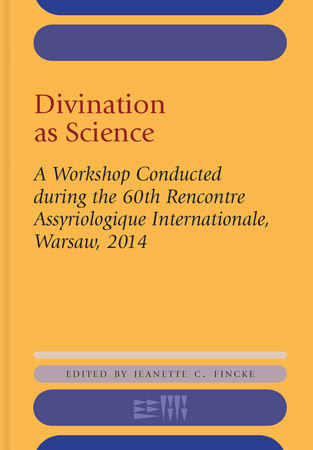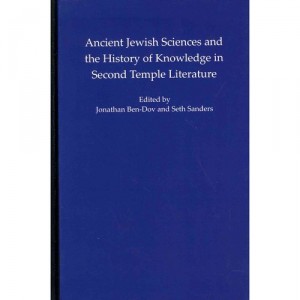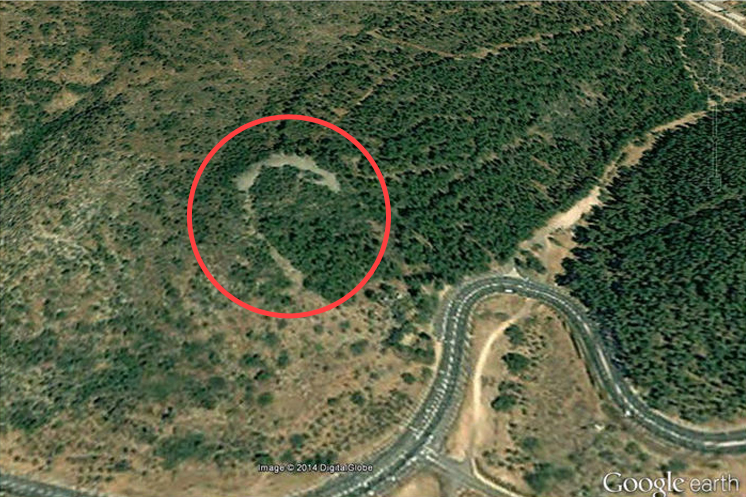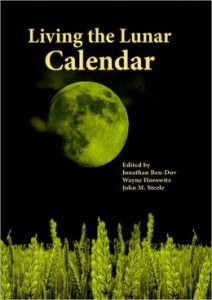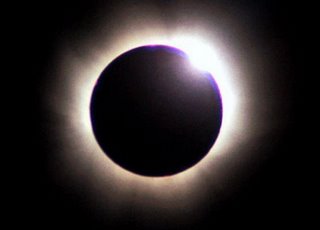Jun 28 2016
New publication: Divination as Science A Workshop on Conducted during the 60th Rencontre Assyriologique Internationale, Warsaw, 2014. Jeanette C. Fincke, Ed.
This new book on the scientific nature of divination in the ancient Near East was recently released (June, 2016) by Eisenbraun’s. Reviews and comments are very much welcome.
Bibliographic details:
Divination as Science
A Workshop on Conducted during the 60th Rencontre Assyriologique Internationale, Warsaw, 2014
Edited by Jeanette C. Fincke
Rencontre Assyriologique Internationale – RAI 60W1
Eisenbrauns, 2016
Pp. xi + 172
ISBN: 1-57506-425-1
ISBN13: 978-1-57506-425-3
Your Price: $44.55
Description
There is no doubt that Ancient Near Eastern divination is firmly rooted in religion, since all ominous signs were thought to have been sent by gods, and the invocation of omens was embedded in rituals. Nonetheless, the omen compendia display many aspects of a generally scientific nature. In their attempt to note all possible changes to the affected objects and to arrange their observations systematically for reference purposes, the scholars produced texts that resulted in a rather detailed description of the world, be it with respect to geography (the urban or rural environment on earth, or celestial and meteorological phenomena observed in the sky), biology (the outer appearance of the bodies of humans or animals, or the entrails of sheep), sociology (behavior of people) or others. Based on different divination methods and omen compendia, the question discussed during this workshop was whether the scholars had a scientific approach, presented as religion, or whether Ancient Near Eastern divination should be considered purely religious and that the term “science” is inappropriate in this context. The workshop attracted a large audience and lively discussion ensued. The papers presented in this volume reflect the focus of the sessions during the workshop and are likely to generate even more discussion, now that they are published.
Table of Contents for Divination as Science
Preface
Abbreviations
Bibliographical Abbreviations
Divination Between Religion and Science, JoAnn Scurlock
Bias in Observations of Natural Phenomena made for Divinatory Purposes, Ulla Susanne Koch
“Šamaš, great lord, whom I am asking, answer me with a reliable ‚Yes!”: The Influence of Divination on the Result of War, Krzysztof Ulanowski
Sheep Anatomical Terminology in the šumma immeru Omen Series and Additional Texts, Yoram Cohen
Some Remarks about the Old Babylonian Libanomancy Texts, Maria Stella Cingolo
The Oldest Mesopotamian Astronomical Treatise: enuma anu enlil, Jeanette C. Fincke
Divination and Religion as a Cultural System, Paul Delnero
Indexes
General index
Index of texts
For more information, or to order, please visit Eisenbrauns.

